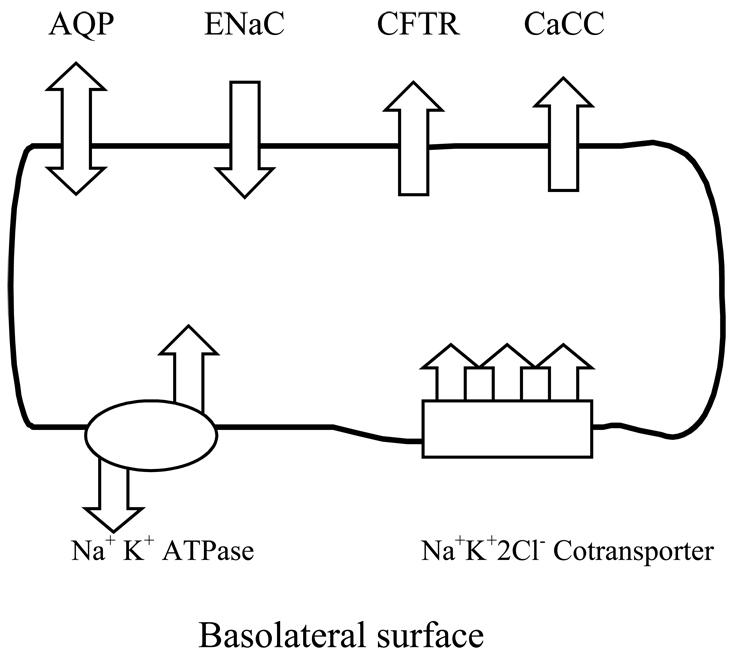Figure 1. Model of transport proteins underlying transcellular ion and water fluxes.
Legend: The sodium-potassium pump (Na+K+ATPase) was immunolocalized to the basolateral (serosal) plasma membrane where it establishes an electrochemical gradient creating a driving force for transcellular ion movement. The sodium-potassium-chloride (Na+K+2Cl−) cotransporter provides a pathway for Na+, K+ and Cl− entry into the cells. The Na+ also enter the cells via epithelial sodium channels (ENaC) located on the luminal (air-facing) surface. The Cl− exit cells via cystic fibrosis transmembrane regulator (CFTR) chloride channels and calcium-activated chloride channels (CaCC) also located on the luminal surface. Luminal aquaporins provide a pathway for bidirectional water fluxes across the cell membrane.

